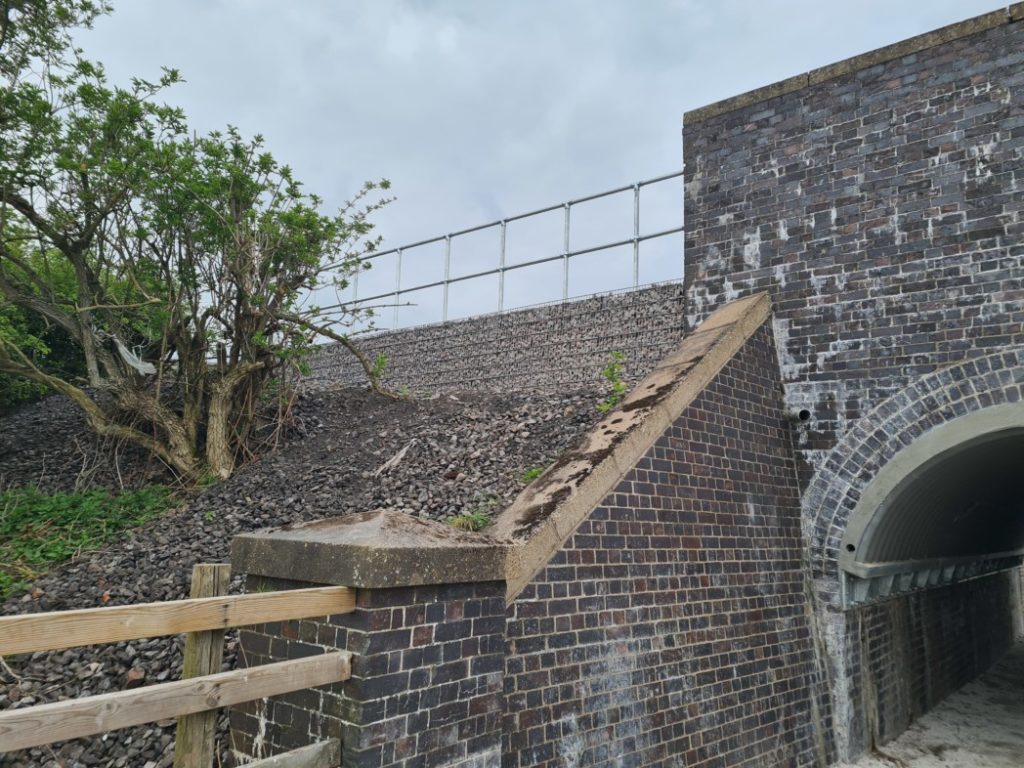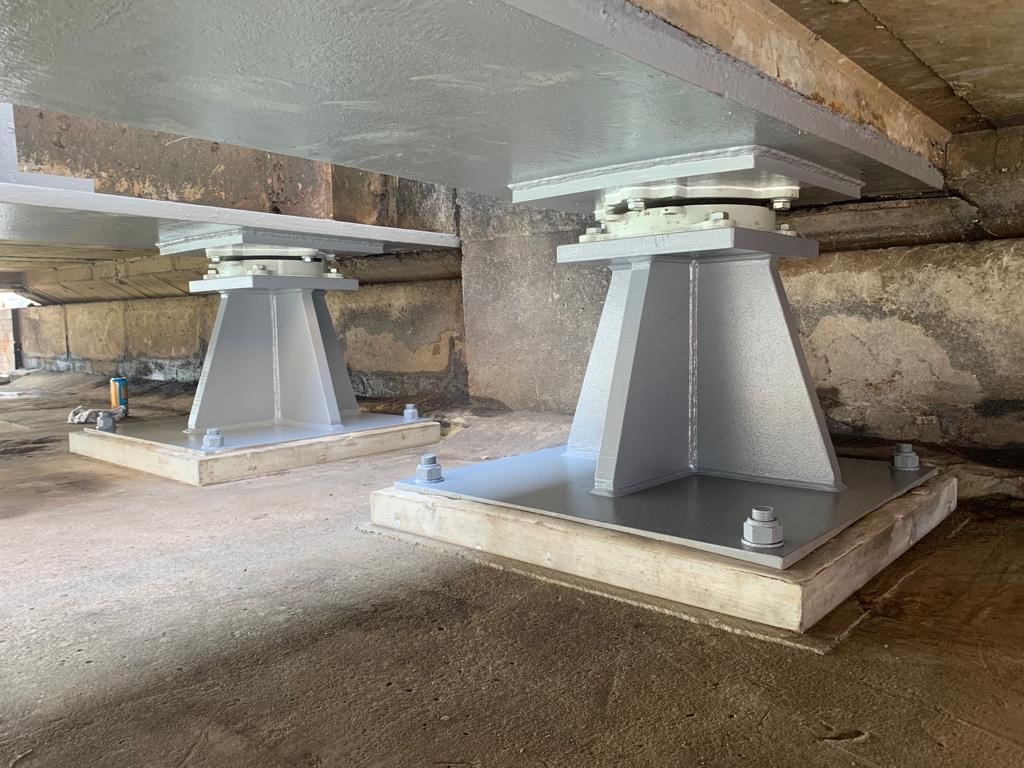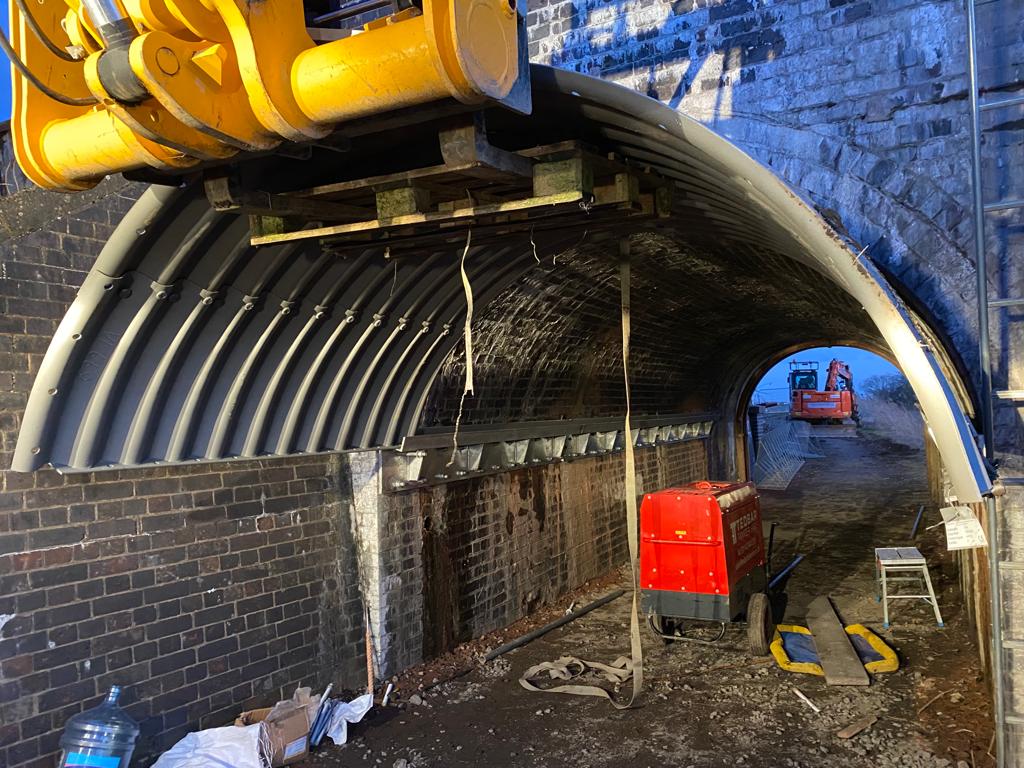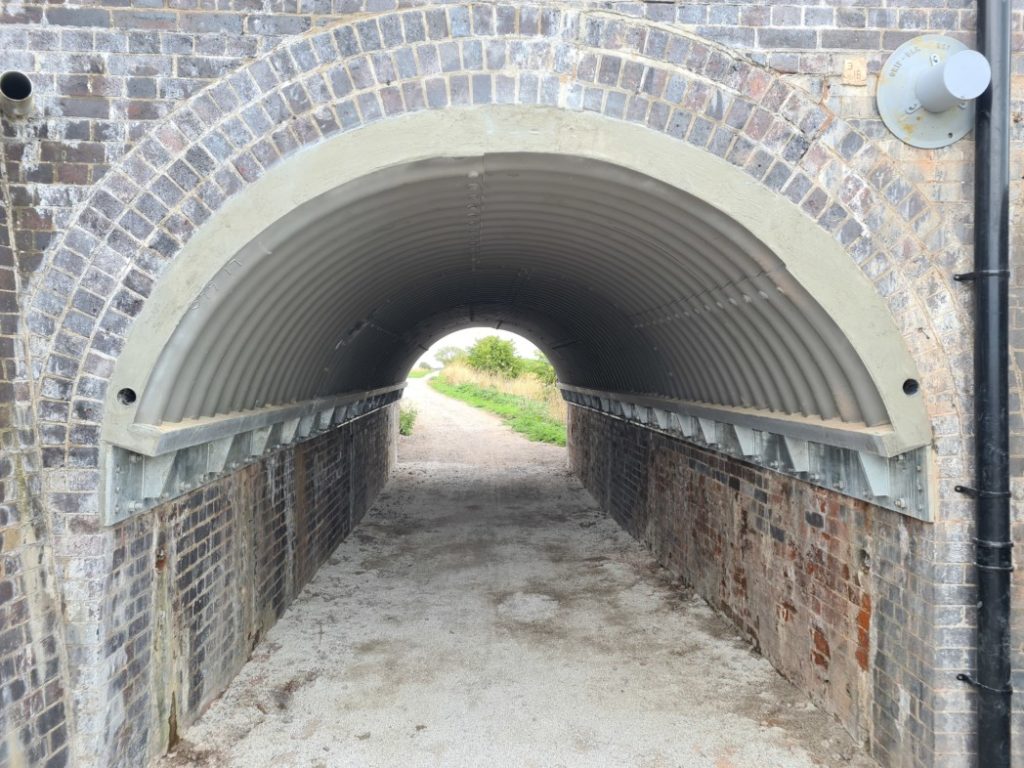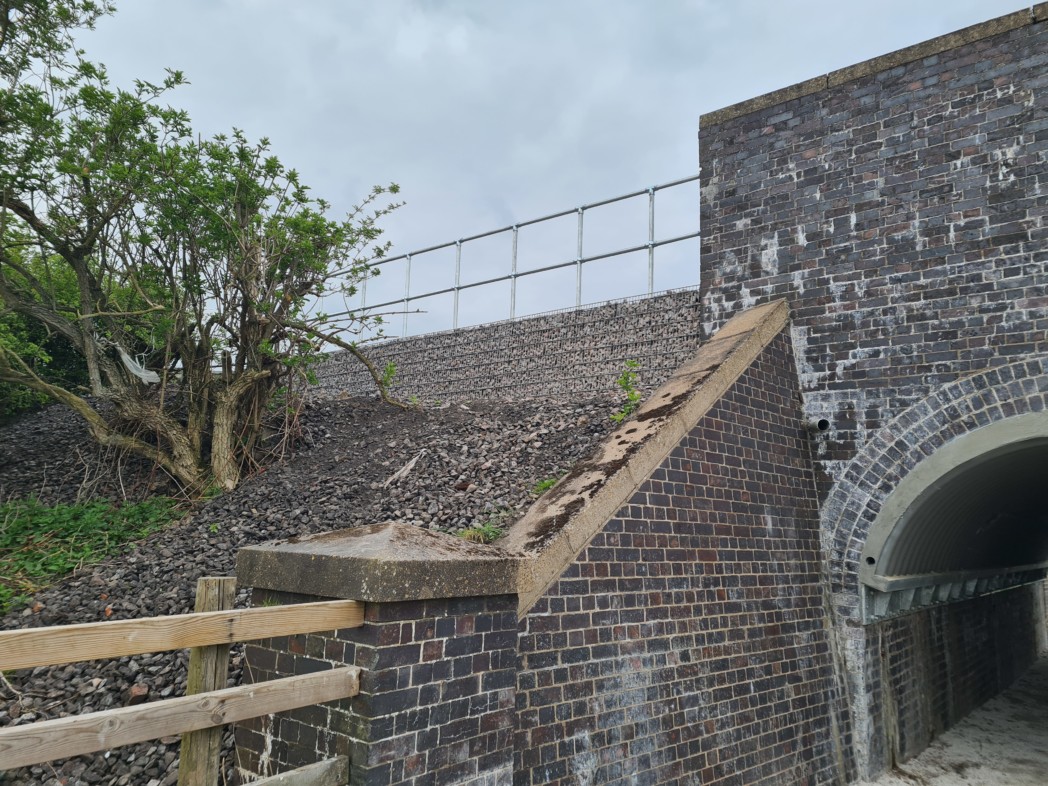
HBPW Solves ‘Cracking’ Mystery On Lincs Rail Bridge
9/06/2022 - posted in Bridges, HBPW News, Inspections, Marine, RailCareful research by HBPW’s inspection teams discovered that cracks appearing in a Lincolnshire rail bridge were not the result of failing piers and abutments, but another culprit below the average eye line!
Network Rail called in HBPW when one of its bridges carrying the busy Doncaster to Wrawby commercial freight line, showed signs of visual deterioration in its brickwork.
But as Partner Jon Livesey explains, the solution wasn’t initially straight forward. “The bridge in question – reconstructed some 40-50 years ago – has two side arches and one long 30m single span crossing the River Ancholme in North Lincs.
“Initial thinking was that the piers and abutments were settling leading to cracking in the spandrel walls and the arch barrels. However, upon closer inspection, we quickly realised that it was not a problem with the sub structure, but one centred on the bridge’s bearings which had locked and were no longer able to function correctly.
“As any bridge engineer will be aware, these exist to allow the structure to articulate, or contract and expand with thermal movements. Take this ability away and the forces generated from thermal movement can be huge, placing an unmanageable stress on the supporting sub-structure.
“Following ground investigations and by looking at the old bearings, previous monitoring reports and historical data, we concluded that the main problems were the result of the locked bearings. However, there was also failure of the four revetment walls – used to retain ballast – which were leaning outwards and failing due to lack of strength in the underlying ground.”
A three-point solution had to be developed.
“We removed the old bearings, replacing them with new fabricated bearing stools and mechanical pot bearings to allow the bridge to move as intended: a modern solution with a 25-year shelf life but, more to the point, easily replaceable in the future without the need for a lengthy blockade.
“Secondly we installed new corrugated arch liners which now strengthen the side arches and, finally, replaced the failed revetment walls with an Asset BaFix 100 Ballast Retention System with tubular handrail on top. The BaFix is a relatively new product but was ideal in this location. The embankment was relatively strong and the underlying ground weak, so the BaFix worked well with the stronger embankment.
“It took two or three months for Construction Marine Ltd (CML) to complete the work,” added Jon, “however, it was a great solution, the result of hard work and robust planning but, primarily, careful inspection so that we came up with the right solution for the right problem.”
Client: Network Rail
Contractor: Construction Marine Ltd (CML)

